Three watercolor drawings, one framed in height, the other two in width.
The name of each bird is written in ink and pen.
Our three charming birds, represented in a very precise and delicate manner by an XIXe unidentified draftsman, include three very characteristic species. These are the European waxwing or boreal waxwing, a migrant coming from northern Scandinavia, Russia or Siberia. The citrine wagtail, which likes the humid meadows of central Asia but can be found in western Europe. Finally, the hoopoe is found in the warm and temperate regions of Africa, Asia and Europe.
Scientific watercolors representing birds in a very precise and documented manner were very popular in the 19th century. They were the work of seasoned ornithologists and painters such as Jean-Jacques Audubon (1785-1851).
The latter was particularly important in the history of scientific ornithological illustration in America, as he was the first to represent birds in such a way that the visual characteristics allowing the differentiation of species could be identified.
Illustration in the representation of birds played a crucial and practical role, allowing all scientists who could not travel to represent the species of other continents. Ornithology and naturalism are deeply linked to the history of naturalist and scientific illustration. Among the precursors of ornithologists who drew, we can cite, in addition to John James Audubon, the British Elizabeth Gould (1804-1841) and, a little later, the American Louis Agassiz Fuertes (1874-1927).


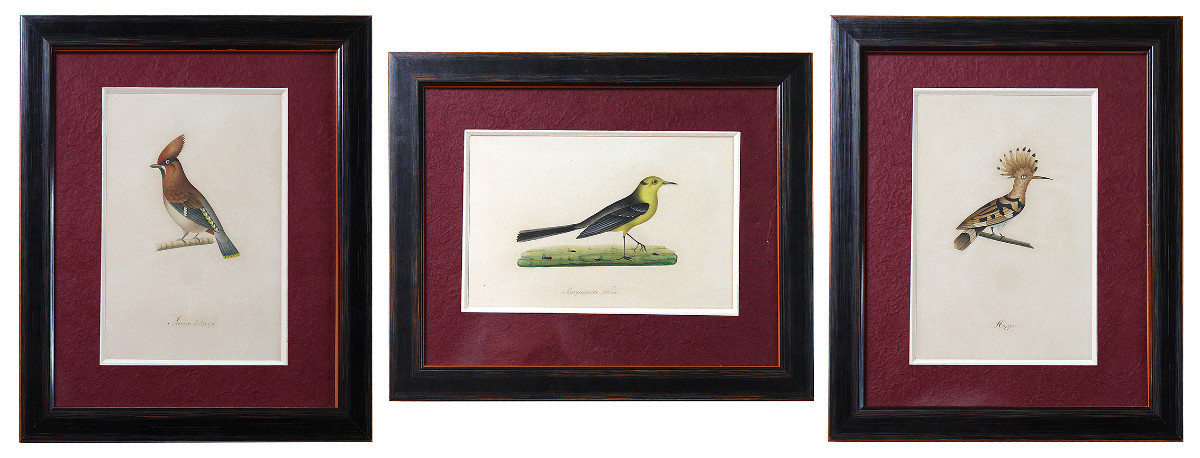
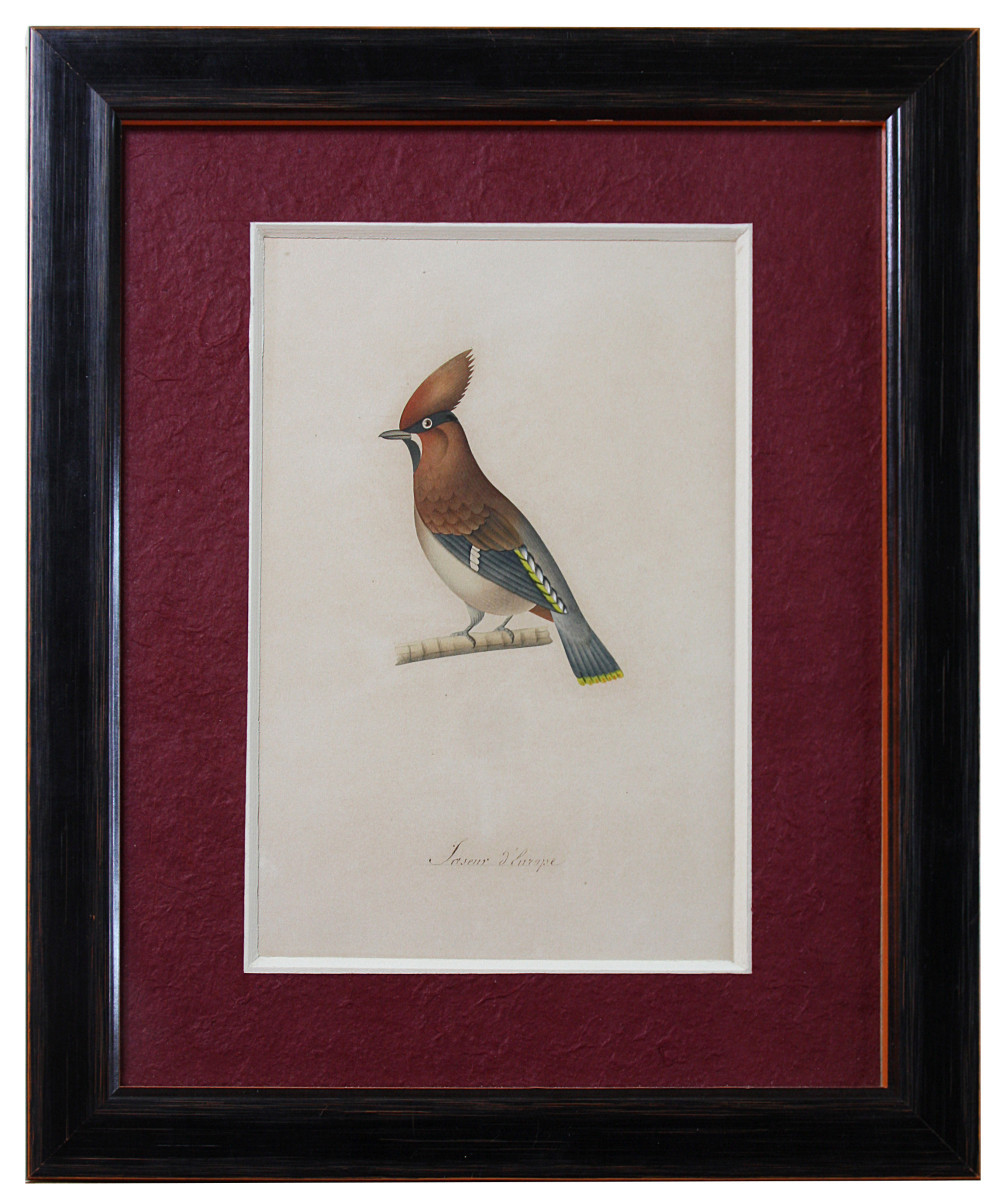

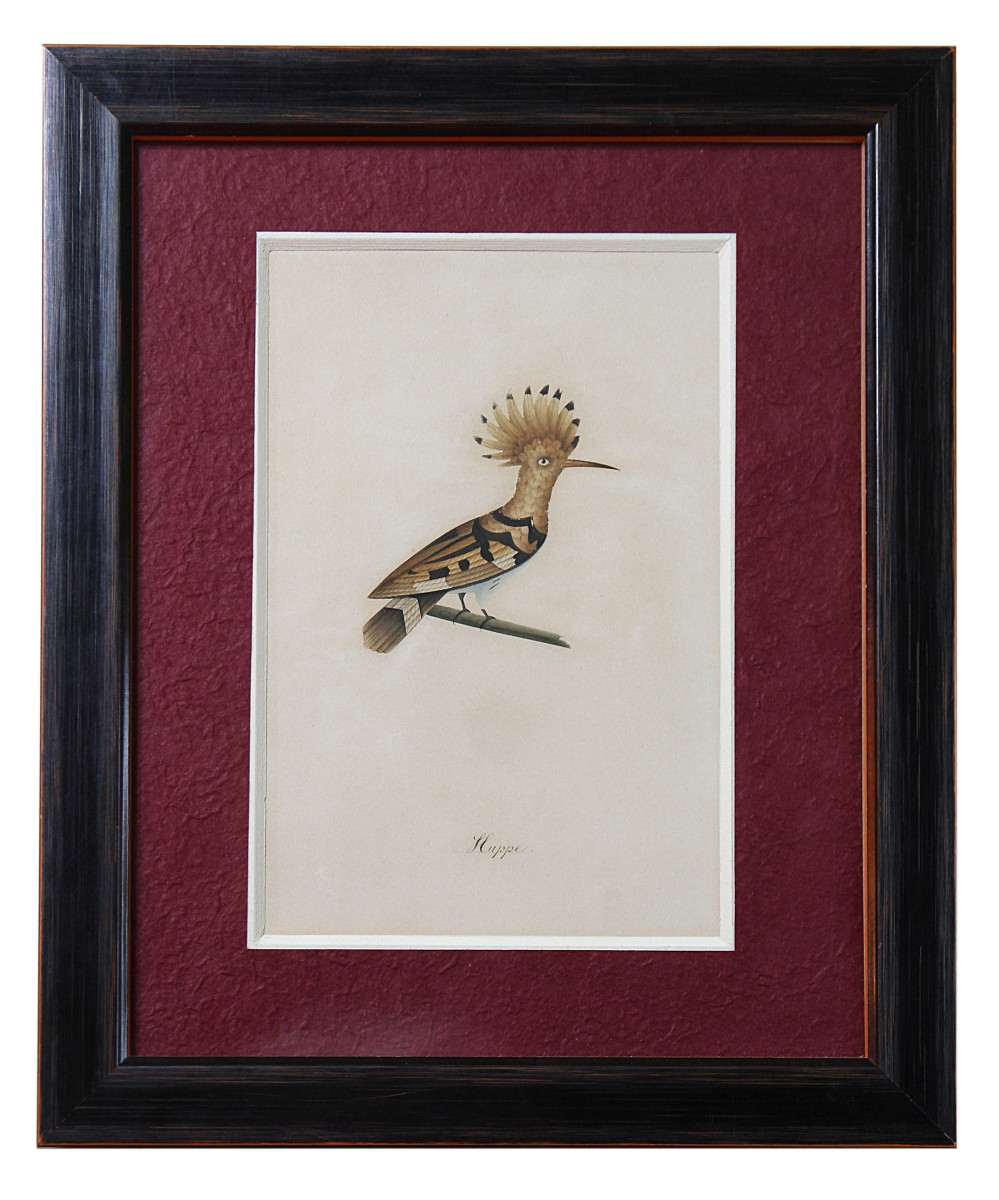
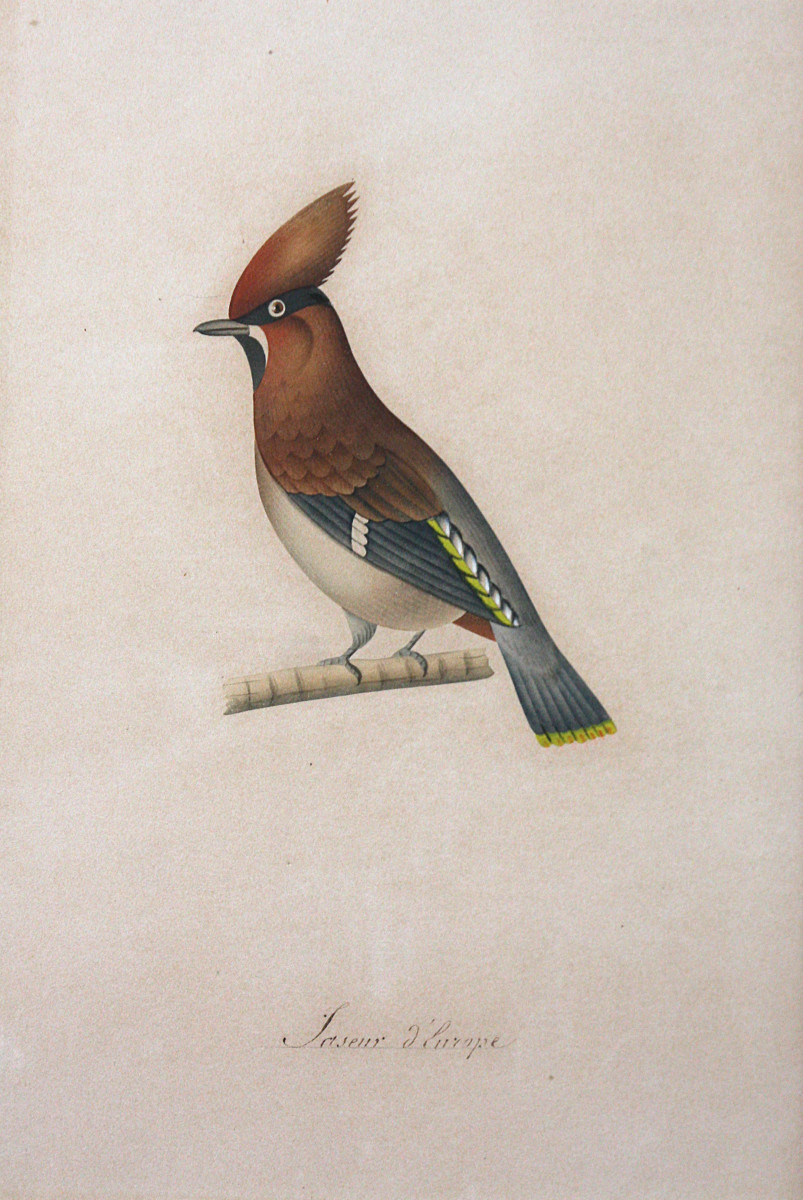
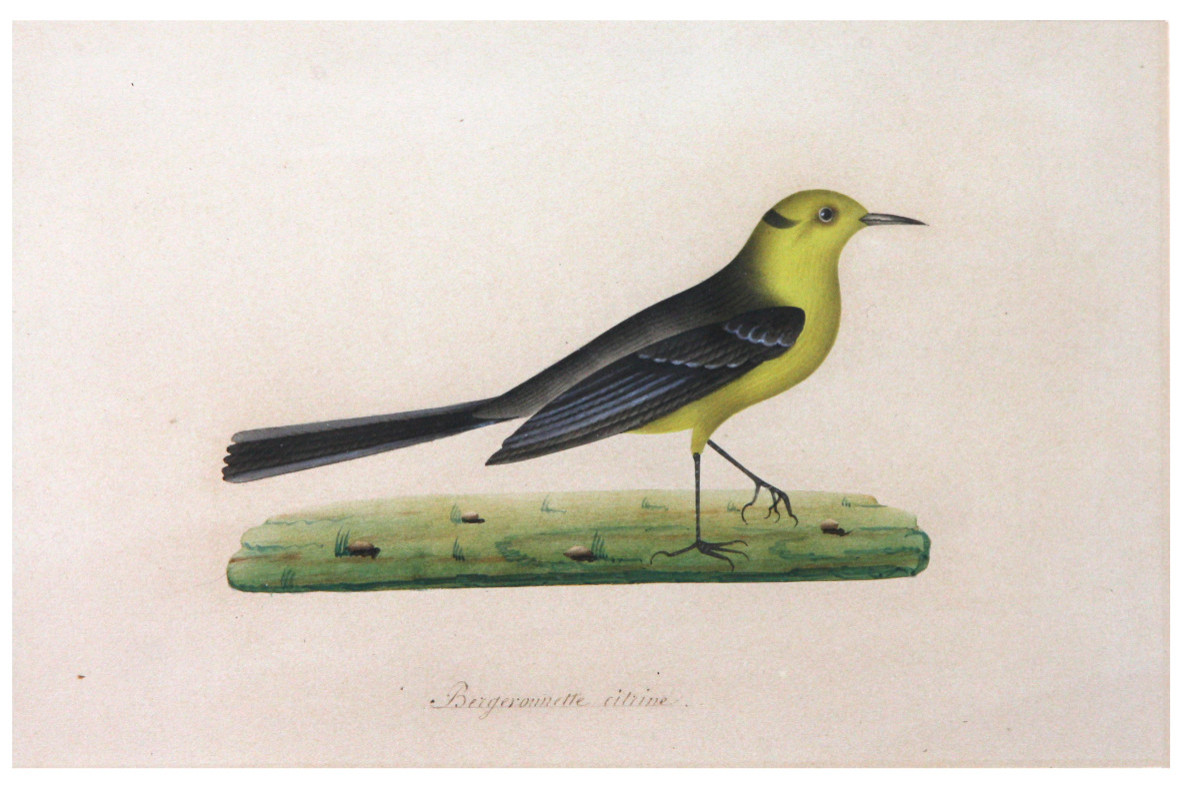
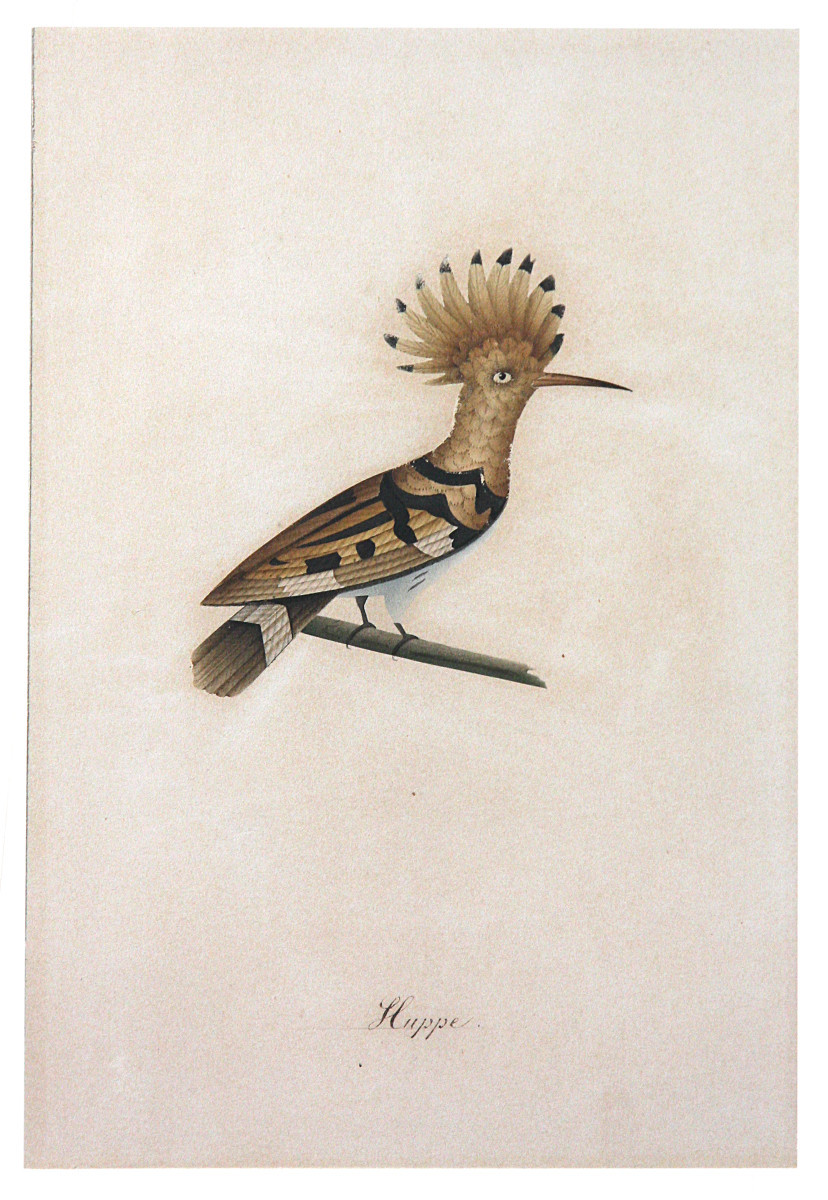
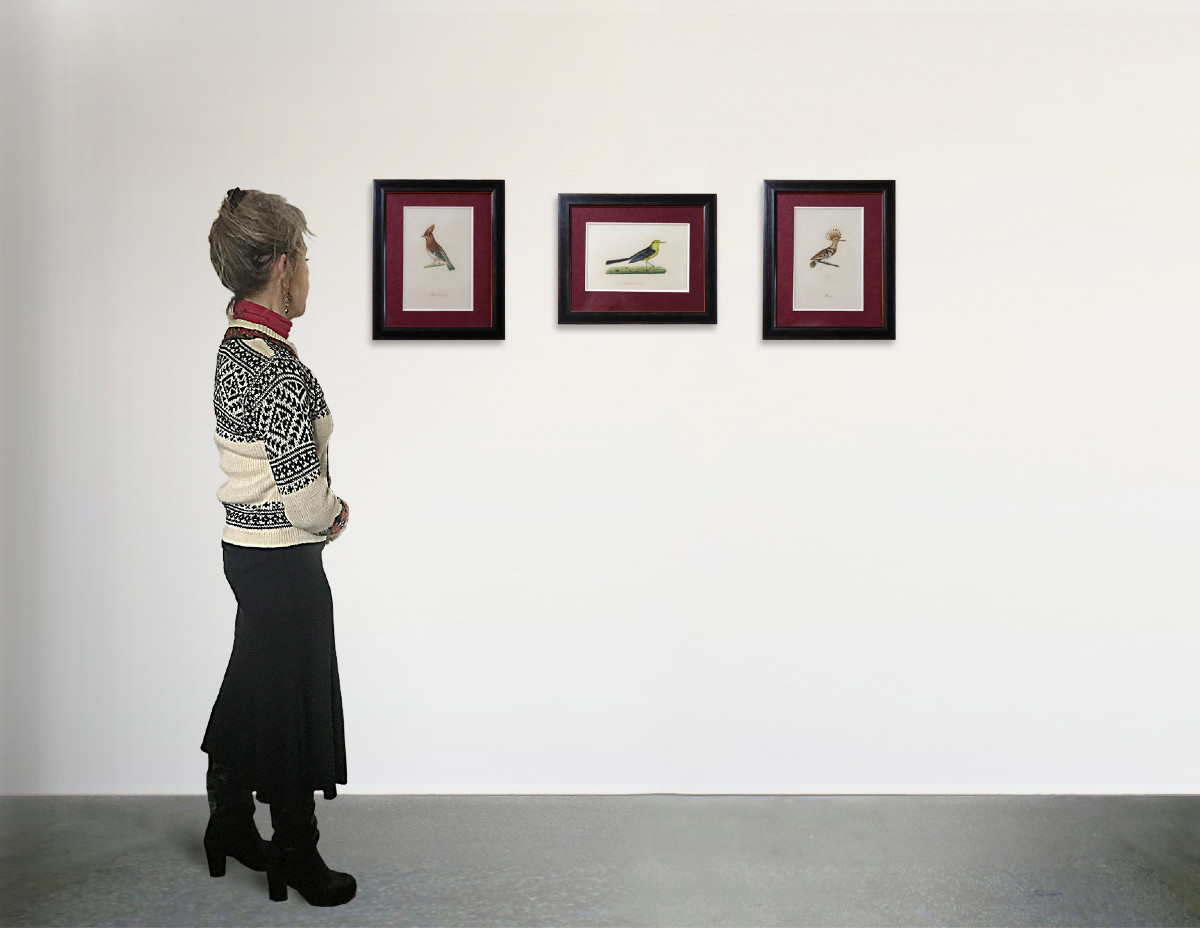








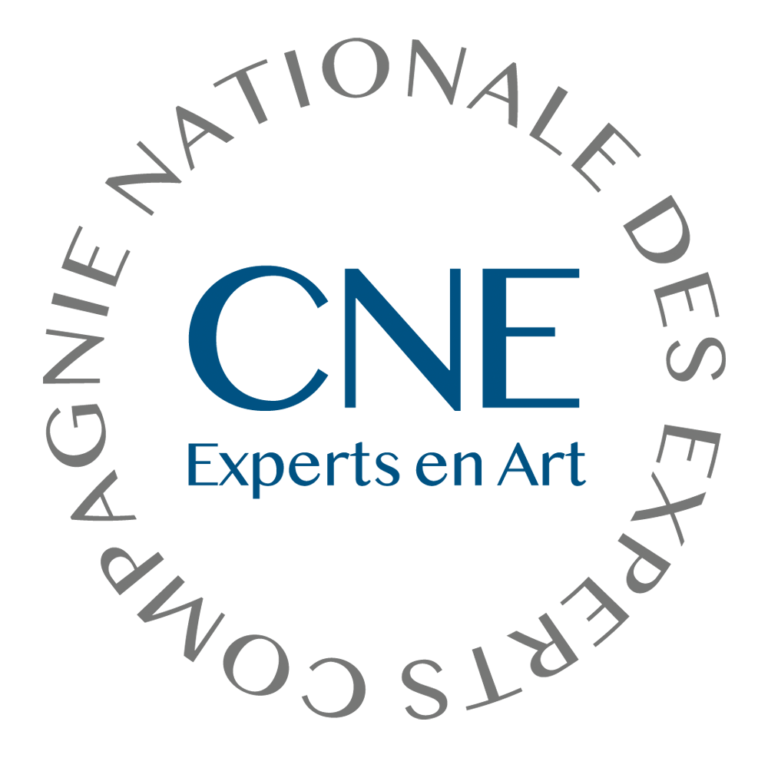









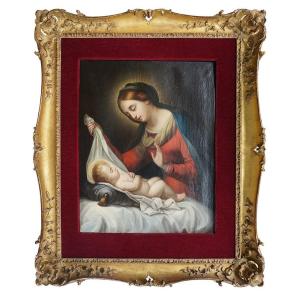


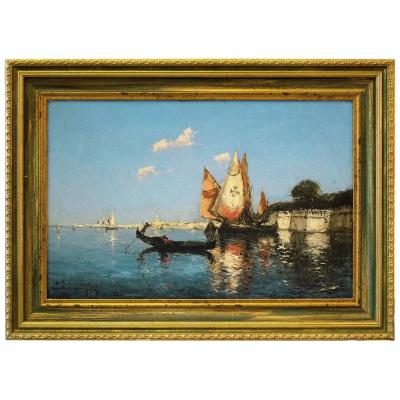



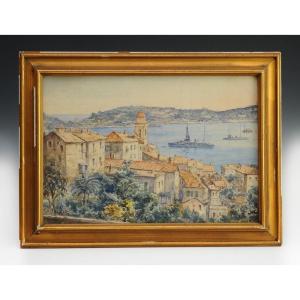
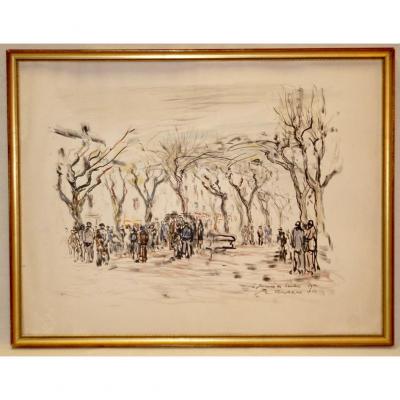

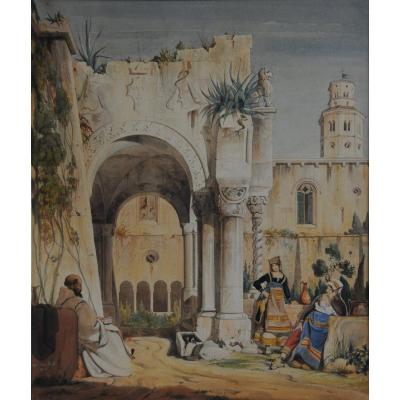
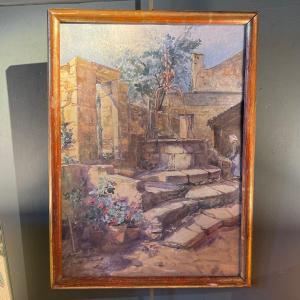



 Le Magazine de PROANTIC
Le Magazine de PROANTIC TRÉSORS Magazine
TRÉSORS Magazine Rivista Artiquariato
Rivista Artiquariato